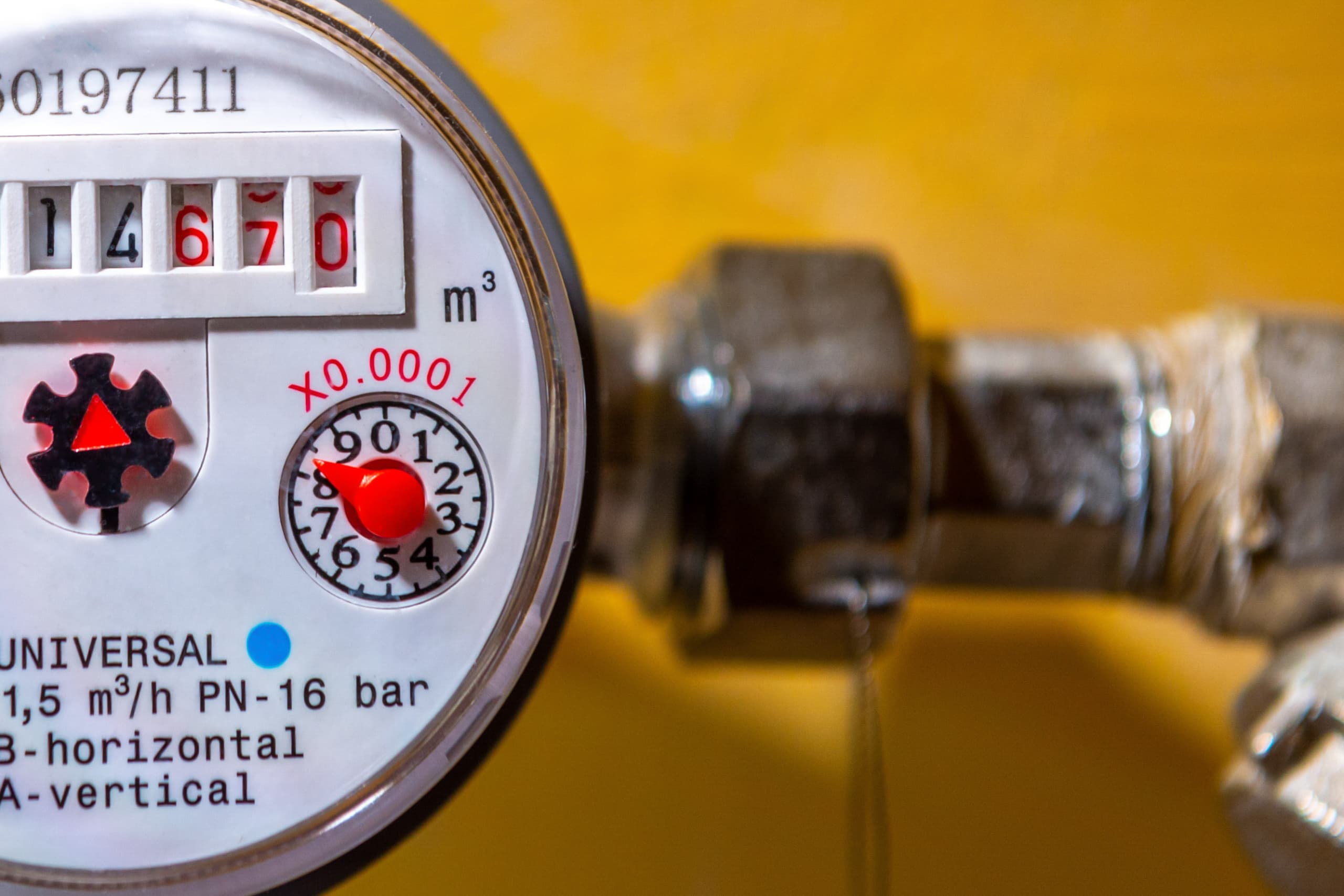5 reasons why your water bill might not match your actual usage
When your water bill doesn’t seem to reflect what you’ve actually used, that can often end up throwing off your financial forecasting – which can be a pain, to say the very least. It can be particularly irritating when you’ve checked your taps, and reviewed your usage, but the numbers on the bill still don’t add up. So, the problem could lie in how your supplier calculates your charges. Not every discrepancy comes from a simple error – some are the result of policy, timing, or outdated data. But each one affects how much you pay and what you’re told you’ve used.
To get a clear picture of your actual consumption – and to make sure your bills reflect it – you need to look at how your supplier handles readings, tariffs, and system changes. Every item on that bill starts with a process that someone controls. Here’s what might be happening.

1. You may be billed using an estimated meter read
If you don’t give your supplier a current meter reading, their system will fill in the gap using estimates. That means someone at the supplier takes your past usage or industry averages and applies them to the billing period. The estimate might be close – or, of course, it might not. If your usage habits have changed recently, the estimate won’t reflect that, and you’ll see a mismatch on your bill.
Even if your site has an automatic meter, that doesn’t always guarantee accurate reporting. If the signal fails or the network drops out, your supplier will default to estimates until they get a new reading. Annoyingly, suppliers aren’t obliged to flag this clearly, and so many don’t. You’ll need to check whether the bill shows ‘E’ (estimated) or ‘A’ (actual) next to the reading. If you spot an estimate, submit a manual reading immediately to correct it.
2. Your tariff may include extra charges unrelated to usage
Some charges on your bill have nothing to do with how much water you use. If you’re on a tariff that includes a monthly standing charge, a minimum volume clause, or a capacity fee, your charges will stay at a set level – even during periods of low consumption. Your supplier applies those fees as part of the contract. These charges often reflect infrastructure costs, network access, or volume commitments. For example, if you agreed to a tariff with a minimum consumption level and you fall below that threshold, the supplier probably won’t reduce the bill. Instead, they’ll charge you based on the agreed minimum. The same applies to standing charges, which show up every month regardless of usage. You need to check your tariff schedule or ask your supplier for a full breakdown to see whether these figures apply and how they’re affecting your totals.
3. Your meter may be faulty
Your meter is obviously crucial to making sure you’re charged correctly – but yours won’t last forever. If it’s old, worn, or damaged, it could give readings that don’t reflect your actual consumption. Faults usually show up gradually – the readings might spike, drop off unexpectedly, or drift away from your regular pattern. If you’ve ruled out leaks and checked for on-site issues but the bill still looks wrong, the next step is to question the accuracy of the meter.
You can ask your supplier to test the meter. That triggers a formal process where a technician checks the unit and confirms whether it’s functioning correctly. If they find a fault, they’ll issue a correction and adjust your historical bills. If the meter passes the test, you may need to cover the cost of the inspection. Before you book it, it can help gather at least two recent manual readings yourself to give the supplier something concrete to review. That gives you evidence to push for a proper investigation if the numbers look off.
4. Your supplier may rely on default data after a recent change
When you change supplier or move into a new site, your new provider might not have enough consumption history to calculate your bills accurately. If they can’t get reliable data from the old supplier or the site hasn’t submitted a reading in time, chances are they’ll use default assumptions instead. That usually means applying a standard consumption profile based on your industry or business type.
The billing team at the supplier inserts those estimates to keep your account active. They’ll do this even if the real data hasn’t arrived yet. In most cases, the default will stay in place until they receive a verified read or until the next billing cycle. That can create a mismatch between your actual usage and what appears on the bill – especially if the site was empty for a while or your business operates outside typical consumption patterns. To deal with that then, it’s best to send a new meter reading as soon as you can and ask the supplier to reissue the bill based on that number.
5. Your supplier may have used the wrong tariff
Every water supplier manages multiple tariffs – and it’s possible for someone on their team to assign the wrong one when setting up your account. If they choose a tariff meant for a different usage profile, the rates and fees won’t match how your business operates. That affects everything from unit cost to standing charges and wastewater assumptions.
You need to compare your current bill against the tariff confirmation you received when you first signed up. If the structure doesn’t match – or if you see unexpected charges – you may find the most straightforward option is to just contact your supplier immediately and ask them to confirm which tariff they’ve applied. Mistakes during onboarding or system changes can cause this, and if the supplier agrees they’ve used the wrong rate, they should correct it and refund the difference. Keep all contract paperwork to hand when you raise the issue, so you can point out exactly what should have been applied.
If you’re not satisfied with how your supplier has handled the issue, or you’re struggling to resolve it, you may even consider switching water suppliers. And if you’ve already concluded that switching your business water supplier is the right solution, that’s exactly where we can help here at The Business Water Shop. With a network of trusted suppliers at our disposal that spans across the UK, we’re perfectly positioned to get you the most competitive water quotes for your business. In fact, we’re able to save some customers up to 55% on their water bills, and you can count on us to use all our resources and industry expertise to get you the best deal.
It only takes a few minutes to get your online quote – so if you’re thinking about moving to switch business water suppliers, there’s never been a better time to do it!



 Excellent 5* Rating
Excellent 5* Rating



